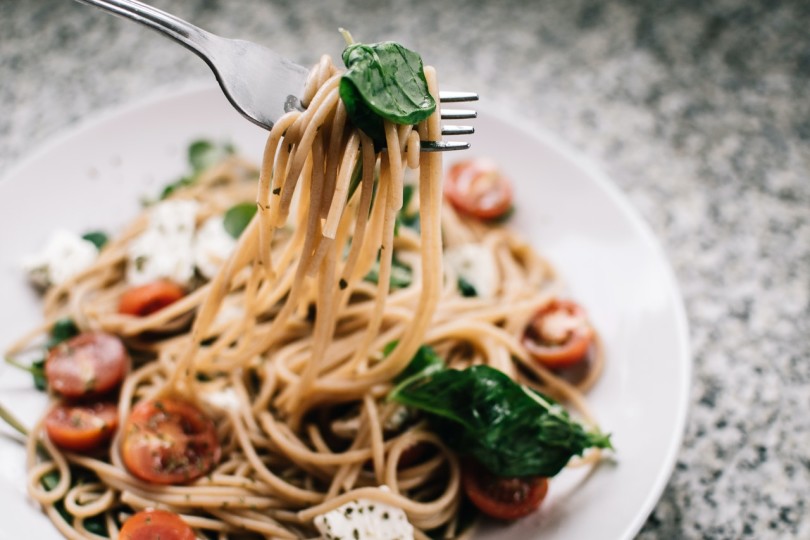22 Apr 24
Lab ChatLabworx
The Global News Source for the World of Science and Chemicals
How is Calorie Content ANALYSED?
14 March 2022
Lab Chat
The UAE government recently announced that it will soon introduce mandatory calorific content information for menu items served in restaurants, cafes and other food outlets. The measures are being taken to allow patrons to access the vital data they need to make an informed decision about their dietary and lifestyle choices.
But how, exactly, is such calorie content information arrived at and in which form is it presented? Here’s a brief rundown of some the techniques used to analyse the nutritional value of foodstuffs, as well as an explanation of the manner in which it is displayed to the consumer and the reasons behind the recent UAE ruling.
Lab techniques
Food analysis is a highly complex subject which aims to not only quantify the exact ingredients contained in a product, but also assess how consuming it will affect the human body. This must include detection of any potentially toxic components of the food, as well as considering how processing techniques can affect its nutritional makeup.
Indeed, calorie content is just one facet of food analysis, with several other reasons (including consumer protection, quality control and government standards) behind its deployment. With so many aspects to consider, it’s not surprising that such analysis is normally conducted via a number of different lab techniques, including mass spectrometry, laser scanning confocal microscopy (LSCM) and immunoassays.
How food info is presented
After all of the data gleaned through these techniques is collated and cross-referenced with existing research, it can then be presented to the consumer in the form of nutritional labelling. This explains the calorific and nutritional content of a foodstuff per 100g or per serving.
Calories are measured in both kilocalories and kilojoules, which is the metric equivalent of the former. To arrive at the latter, you must simply multiply the kilocalorie figure by 4.2. Although the dietary needs of an individual vary from person to person, a good rule of thumb is that an adult male requires 2,500 kilocalories to stay fit and healthy, while an adult female needs 2,000 kilocalories.
The UAE overtaking the west
This type of nutritional labelling is already widespread in much of the western world. Although not always mandatory, it can be widely observed in supermarkets, restaurants and cafes in the USA, the UK and much of Europe. Indeed, the EU is currently in the process of finalising a standardised front-of-pack (FOP) nutritional labelling system for store-bought foods across its member states.
The UAE is now looking to go one better than the practices of other countries by obliging food outlets to display calorific content data on their menus. This is intended to empower Emirati citizens to make educated choices about the food they consume in order to lead a healthy life.
DOWNLOAD PDF

2 Day Seminar Program
@ ArabLab+ 2024
24 & 25 September 2024
Your stay in Dubai
Labkit
Product News
Chemkit
Product News
Thinking about exhibiting at ARABLAB 2024? Watch our video to find out more.
Join the world’s leading organisations…
Get in touch and stay in touch…
Join our mailing list and receive the ARABLAB newsletter and event updates.





















